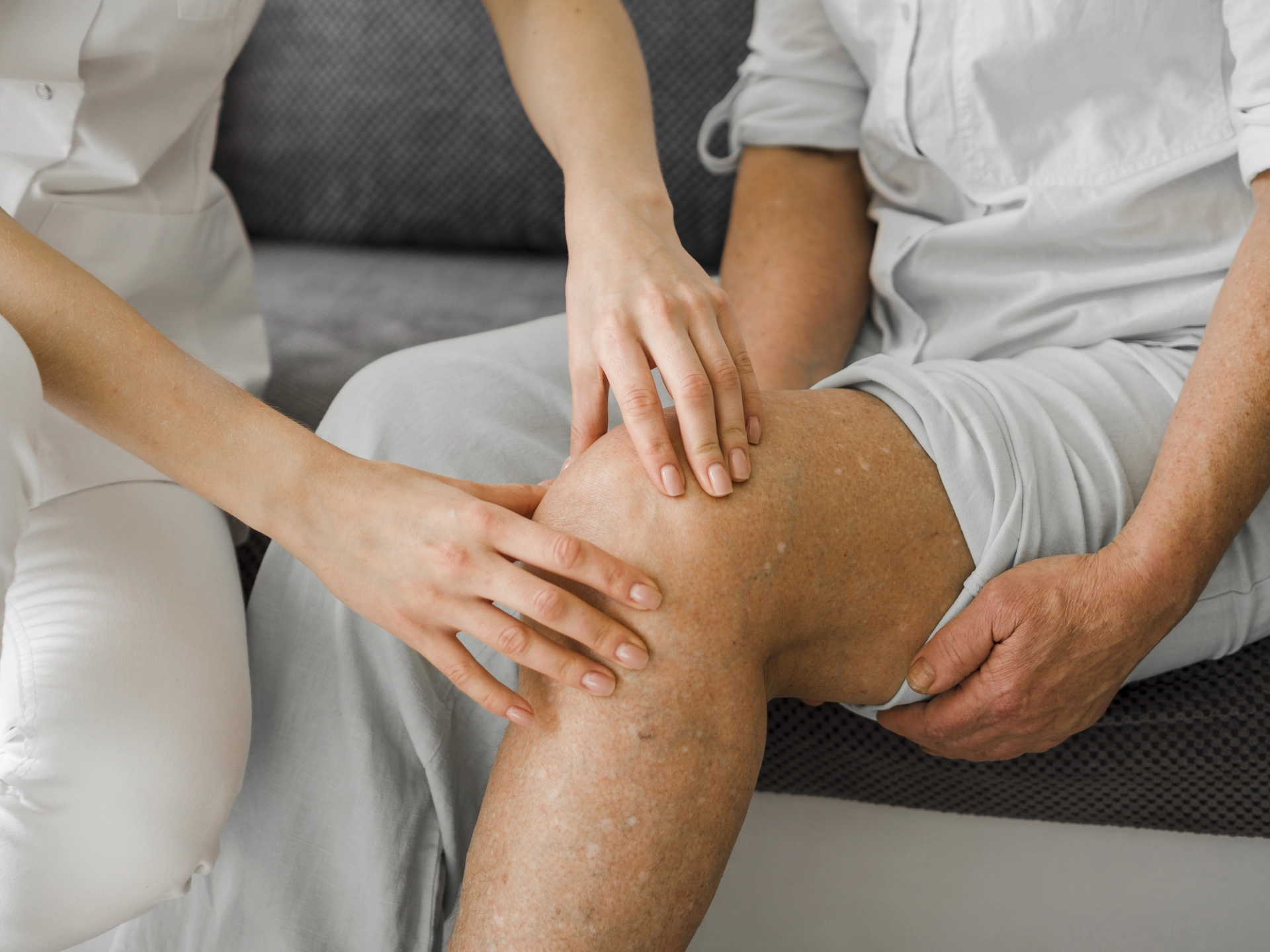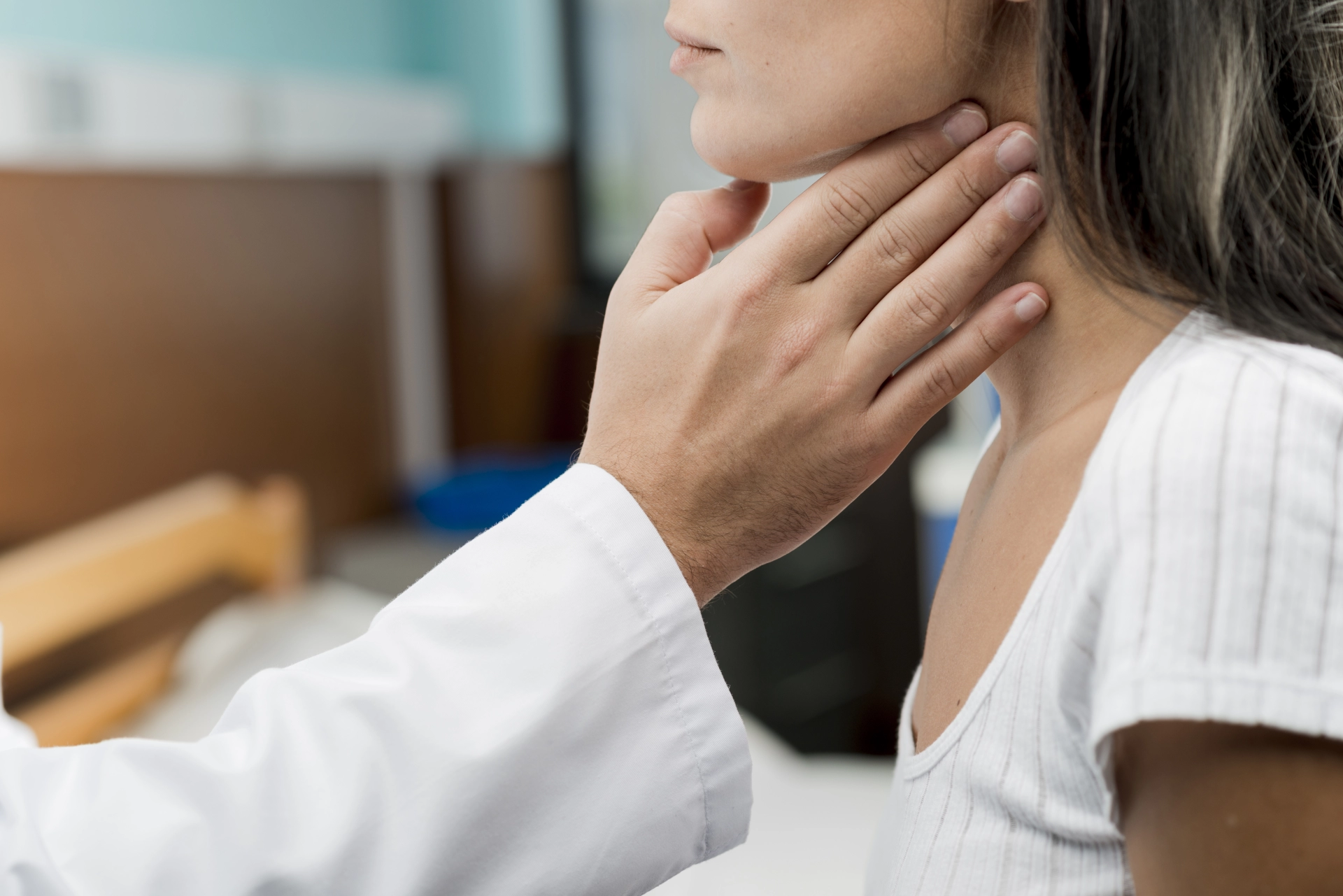Esophageal Reflux
06 November 2025
Esophageal reflux is a condition where stomach contents, including acid, digestive juices, or sometimes food remnants, rise up into the esophagus. The esophagus connects the mouth to the stomach, and normally, there is a special circular muscle at the lower end of the esophagus, known as the lower esophageal sphincter, which opens only during swallowing and then closes to prevent stomach contents from returning. When this muscle weakens or does not close fully for any reason, stomach acid can rise upward, causing irritation, heartburn, pain, or other discomforting sensations.
Main Causes of Reflux
1. Weakening of the lower esophageal sphincter, which is the most common cause.
2. High stomach pressure, caused by excess weight, pregnancy, or consuming heavy food.
3. Certain foods and drinks, including coffee, alcohol, carbonated beverages, chocolate, fatty, and fried foods, that can increase the likelihood of reflux.
4. Smoking and alcohol, which weaken the sphincter.
5. Medications, such as certain anti-inflammatory drugs or blood pressure medications.
6. Stress and anxiety, which affect the digestive system and can contribute to the development of reflux.
Main Symptoms
• Chest burning, especially after eating or when lying down.
• Bitter or sour taste in the mouth.
• Itching or pain in the throat.
• Hoarse voice or cough, especially in the morning.
• Bloating or gas, nausea.
• Rarely, difficulty breathing or throat pain that does not go away.
If left untreated, the acid can damage the esophageal lining, leading to esophagitis, ulcers, and bleeding, Barrett’s esophagus, or even respiratory problems, such as asthma flare-ups and chronic cough.
Diet and Lifestyle
• Avoid overly spicy, fatty, and sour foods.
• Do not eat before bedtime, as it can lead to excessive acid in the stomach.
• Eat smaller portions more frequently, as consuming less food reduces the likelihood of reflux.
• Reduce coffee, chocolate, and carbonated beverages.
• Eat lighter foods, such as oats, bananas, vegetables, boiled meats, and soups with plain water.
• Avoid eating before lying down to reduce the chances of acid rising.
• Raise the head of the bed while sleeping, to help the sphincter stay closed and prevent stomach contents from rising.
• Lose weight gradually if overweight, as excess weight can contribute to reflux.
• Avoid tight clothing that can put pressure on the stomach.
• Do not smoke or drink alcohol, as both weaken the lower esophageal sphincter.
Treatment
Esophageal reflux is a common but manageable condition. It requires a consistent treatment approach, which may involve medications and lifestyle changes. The treatment may include proton pump inhibitors, eliminating alcohol and smoking, as well as a reflux-friendly diet.
If symptoms persist or frequently return, it is essential to consult a doctor for appropriate treatment options.









